
My Baby Was Born With Pfeiffer Syndrome
Pfeiffer syndrome is a genetic condition where the bones (sutures) in the skull close before the brain is fully grown ( craniosynostosis ). This causes deformities. Characteristics that lead to a Pfeiffer syndrome diagnosis include an underdeveloped or sunken face, bulging or wide eyes and an abnormally shaped head.

Figure 3 from Pfeiffer syndrome a treatment evaluation. Semantic Scholar
Find symptoms and other information about Pfeiffer syndrome.

Is Pfeiffer Syndrome hereditary?
Pfeiffer syndrome, also known as acrocephalosyndactyly Type V, is a genetic disorder characterized by the anomalies of the skull, face and limbs. Gene mutations are responsible for causing the early fusion of the skull, hand and feet bones. Craniofacial differences are similar to those seen in Apert syndrome.

LID (Pfeiffer Syndrome) YouTube
Pfeiffer syndrome is a rare genetic disorder characterized by premature fusion of certain skull bones (craniosynostosis) and broad and medially deviated thumbs and great toes. Most affected individuals also have differences to their midface (protruding eyes) and conductive hearing loss.

Amanda Pfeiffer syndrome
Our Photographers Have More Than 35 Years Of Experience In The Photography Field In Gozo. Professional Wedding & Event Photography.

Pfeiffer Syndrome Penyebab, Gejala dan Penanganannya
Pfeiffer syndrome is a rare genetic disorder, characterized by the premature fusion of certain bones of the skull ( craniosynostosis ), which affects the shape of the head and face. The syndrome includes abnormalities of the hands and feet, such as wide and deviated thumbs and big toes.

Pfeiffer Syndrome What Is It, Causes, Signs and Symptoms, and More
Pfeiffer syndrome is a genetic disorder characterized by the premature fusion of certain skull bones (craniosynostosis). This early fusion prevents the skull from growing normally and affects the shape of the head and face. Pfeiffer syndrome also affects bones in the hands and feet.
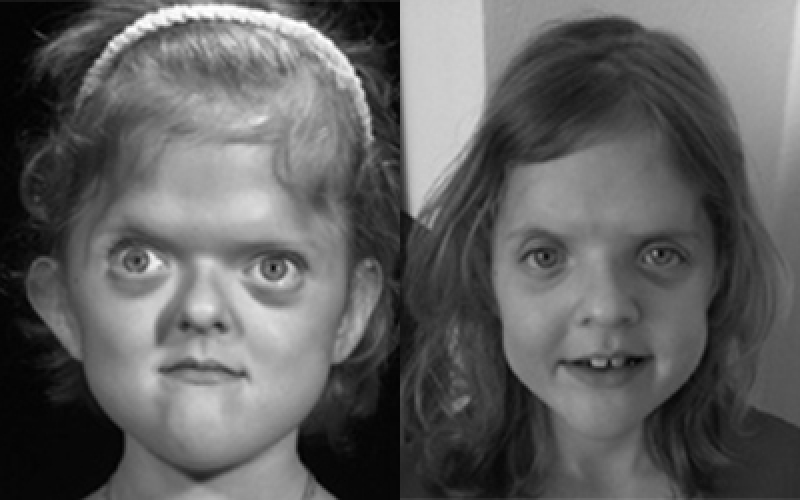
Pfeiffer Syndrome Treatment Dallas, TX Plano Pfeiffer
Pfeiffer syndrome is a type of complex craniosynostosis. There are three different types of Pfeiffer syndrome: Types 1, 2 and 3 (which also known as cloverleaf skull). This page from Great Ormond Street Hospital (GOSH) explains the causes, symptoms and treatment of Pfeiffer syndrome.

Modified Functional Classification of Pfeiffer Syndrome Download
Pfeiffer syndrome is a rare genetic condition that causes the bones of the skull to join together (fuse) while a fetus is still in the womb. It also goes by the name acrocephalosyndactyly type V. The early fusion of the bones seen with Pfeiffer syndrome means a baby is born with deformities of the head and face.

Le syndrome de pfeiffer syndrome de pfeiffer
0 Pfeiffer Syndrome Stock Photos, High-Res Pictures, and Images - Getty Images Boards Sign in Browse Creative Images Creative Images Browse millions of royalty-free images and photos, available in a variety of formats and styles, including exclusive visuals you won't find anywhere else. See all creative images Trending Image Searches Bubble Forest
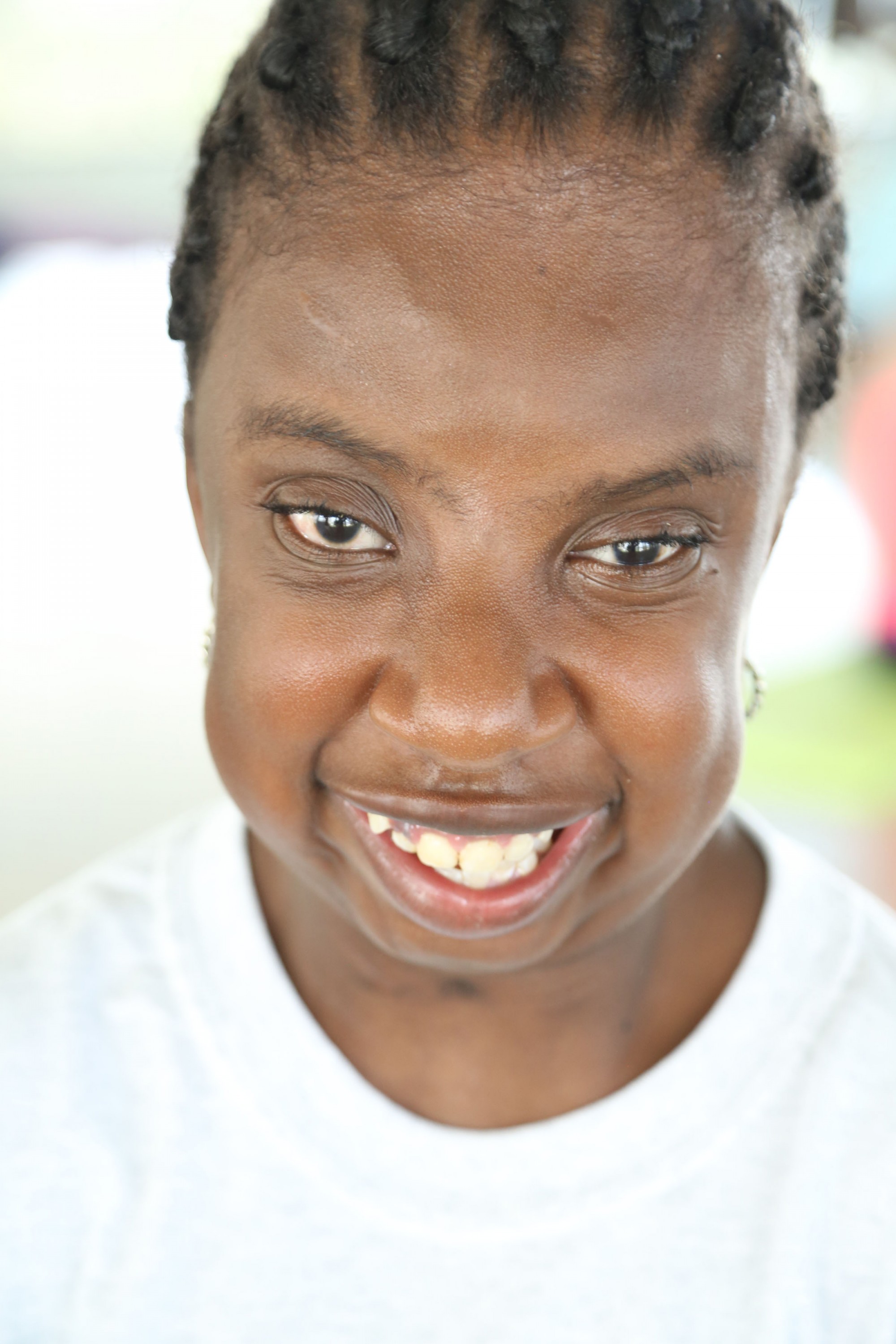
Pfeiffer syndrome
Type 1 Type 1 Pfeiffer syndrome is characterized by premature fusion of the skull, finger and toe abnormalities, and sunken cheekbones. A child's neurological development and intellectual ability.
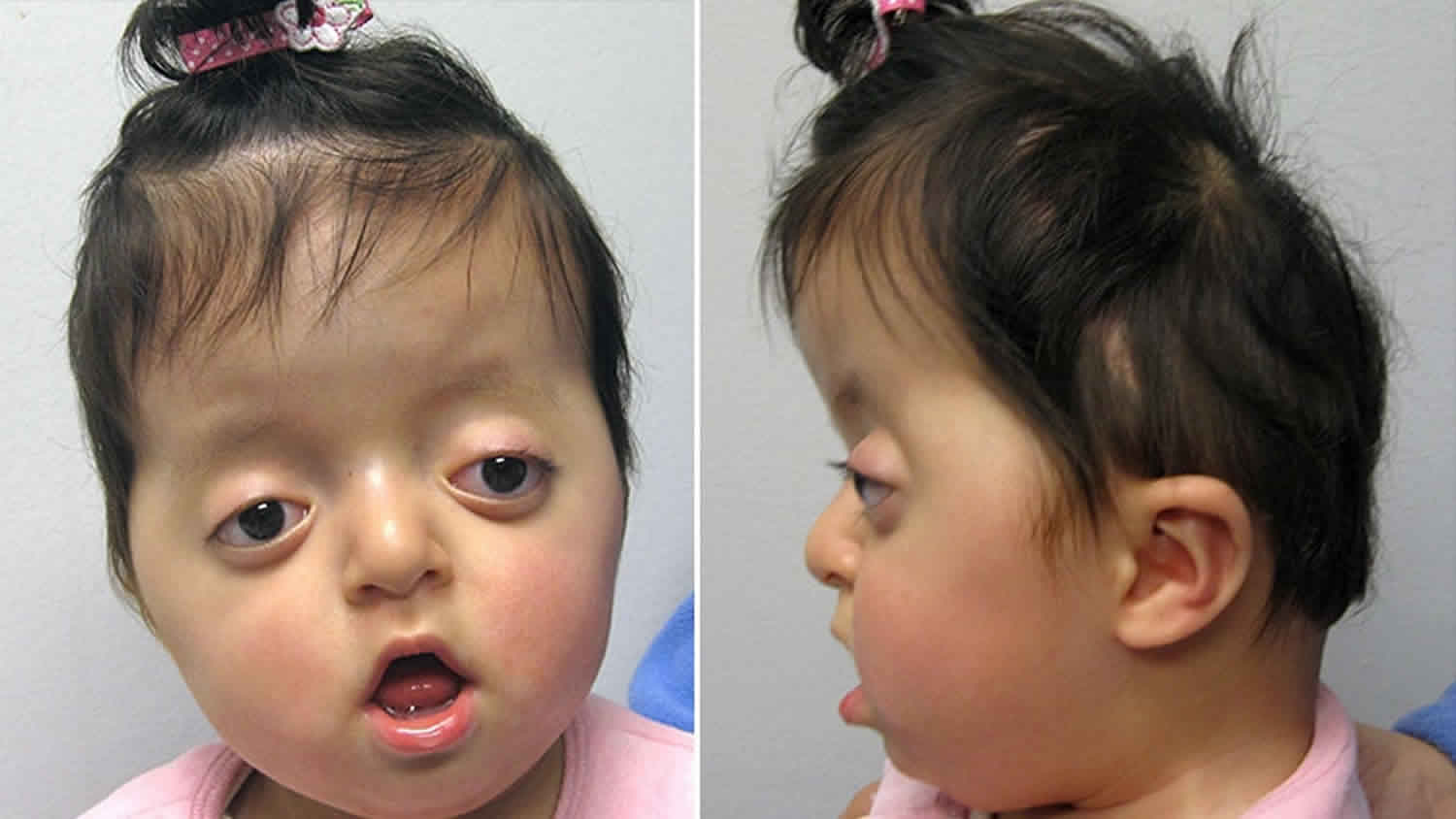
Pfeiffer syndrome causes, signs, symptoms, diagnosis & treatment
Pfeiffer syndrome is a rare genetic disorder characterized by complex craniosynostosis, broad thumbs and big toes, and skeletal defects affecting the hands and feet. A mutation typically causes it in the FGFR1 and FGFR2 genes, which affect how specific cells in the body grow, divide, and die. Diagnosis of Pfeiffer syndrome is based on the.
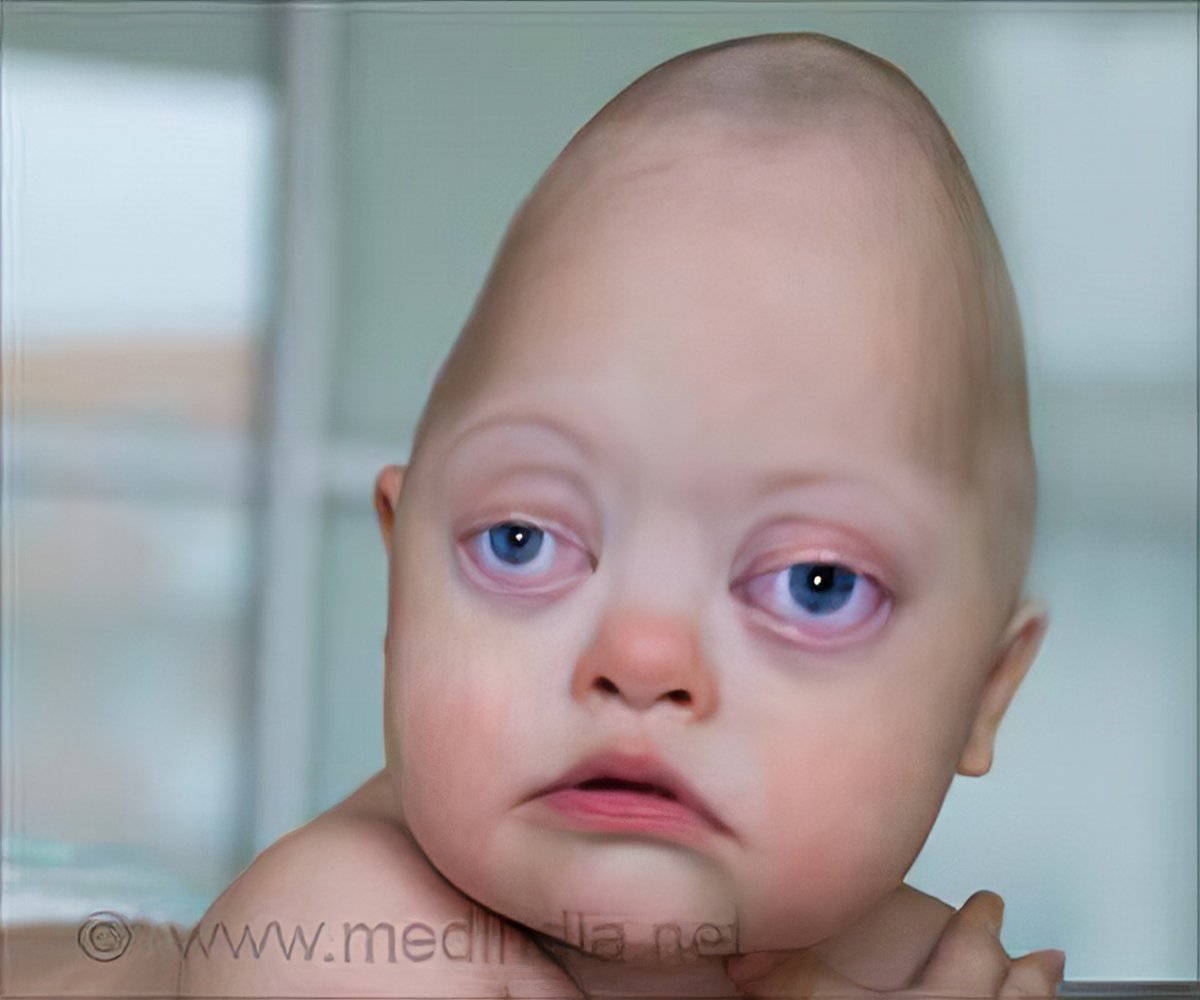
What Is Pfeiffer Disease Captions Ideas
Pfeiffer syndrome (PS) is a specific type of craniofacial dysostosis characterized by premature fusion of cranial and facial sutures, accompanied by enlarged thumbs and toes (with or without clinodactylies), and incomplete syndactyly of both hands and feet. 1 - 3 PS is recognized as the most severe phenotype of syndromic craniosynostosis. 4.
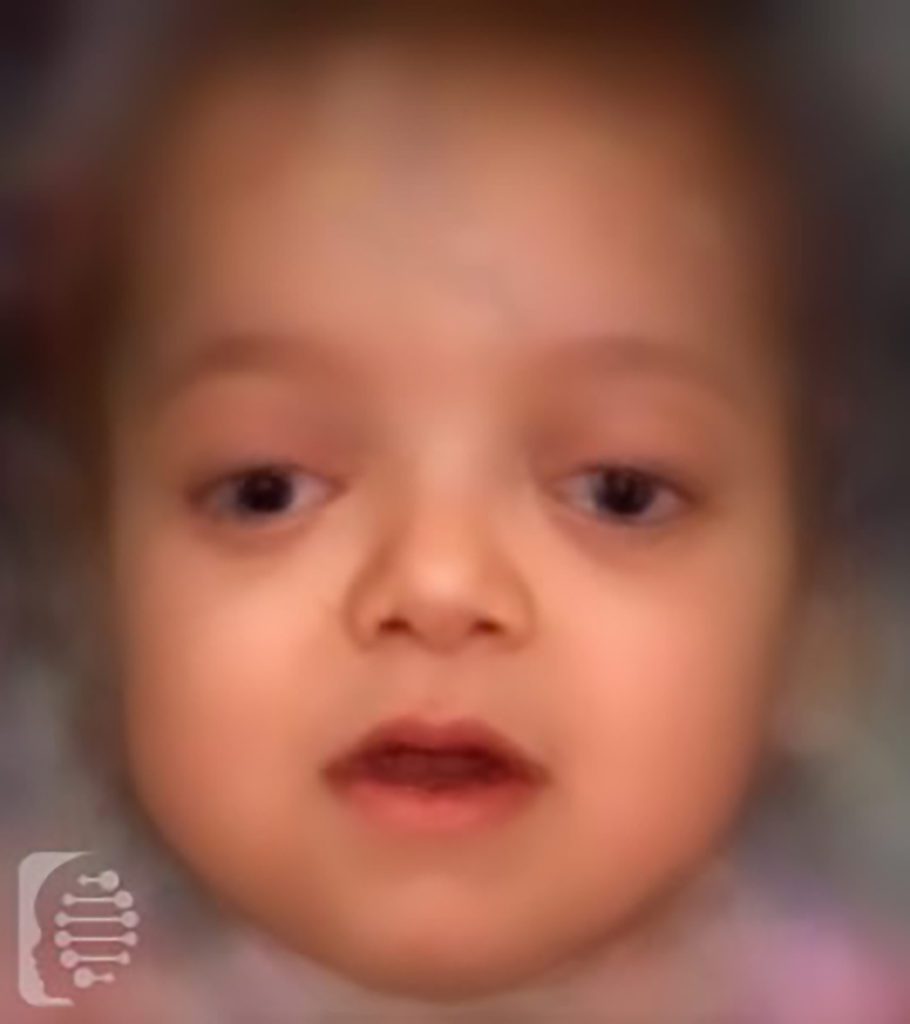
Pfeiffer Syndrome OMIM 101600 FDNA
Pfeiffer syndrome (PS, OMIM #101600) is an inherited craniofacial disorder that is associated with primary craniosynostosis, midface hypoplasia, broad thumbs and great toes, and soft tissue syndactyly of hands (usually second and third digits) and feet of varying severity.[1] Most of the affected patients have associated conductive hearing loss.
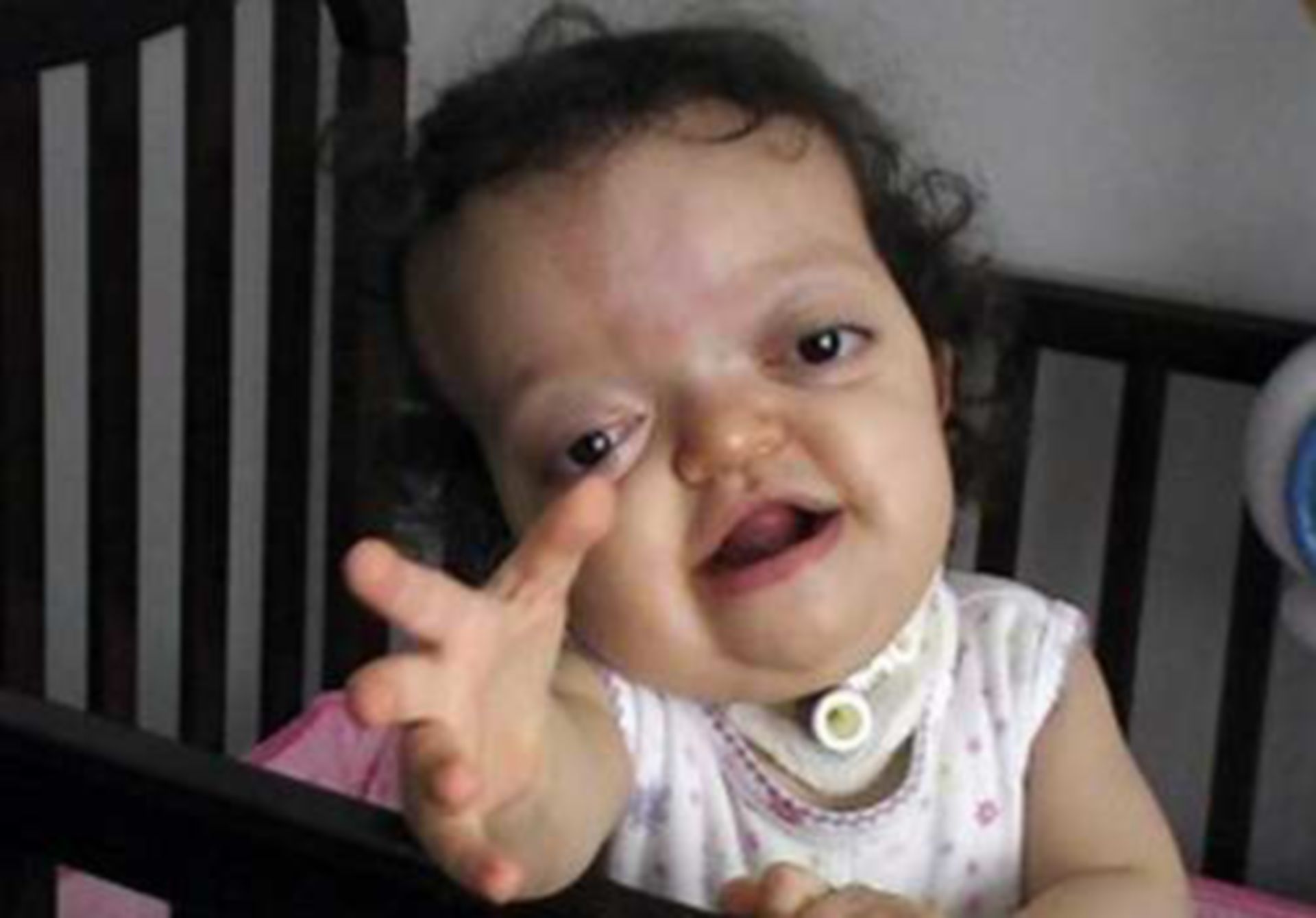
Pfeiffer Syndrome Type Ii
Pfeiffer syndrome is a complex genetic disorder in which certain bones in the skull fuse (join together) early in their development. This prevents the skull from growing normally, affecting the shape of the head and face and sometimes causing increased pressure around the brain. Pfeiffer syndrome also affects the hands and feet.
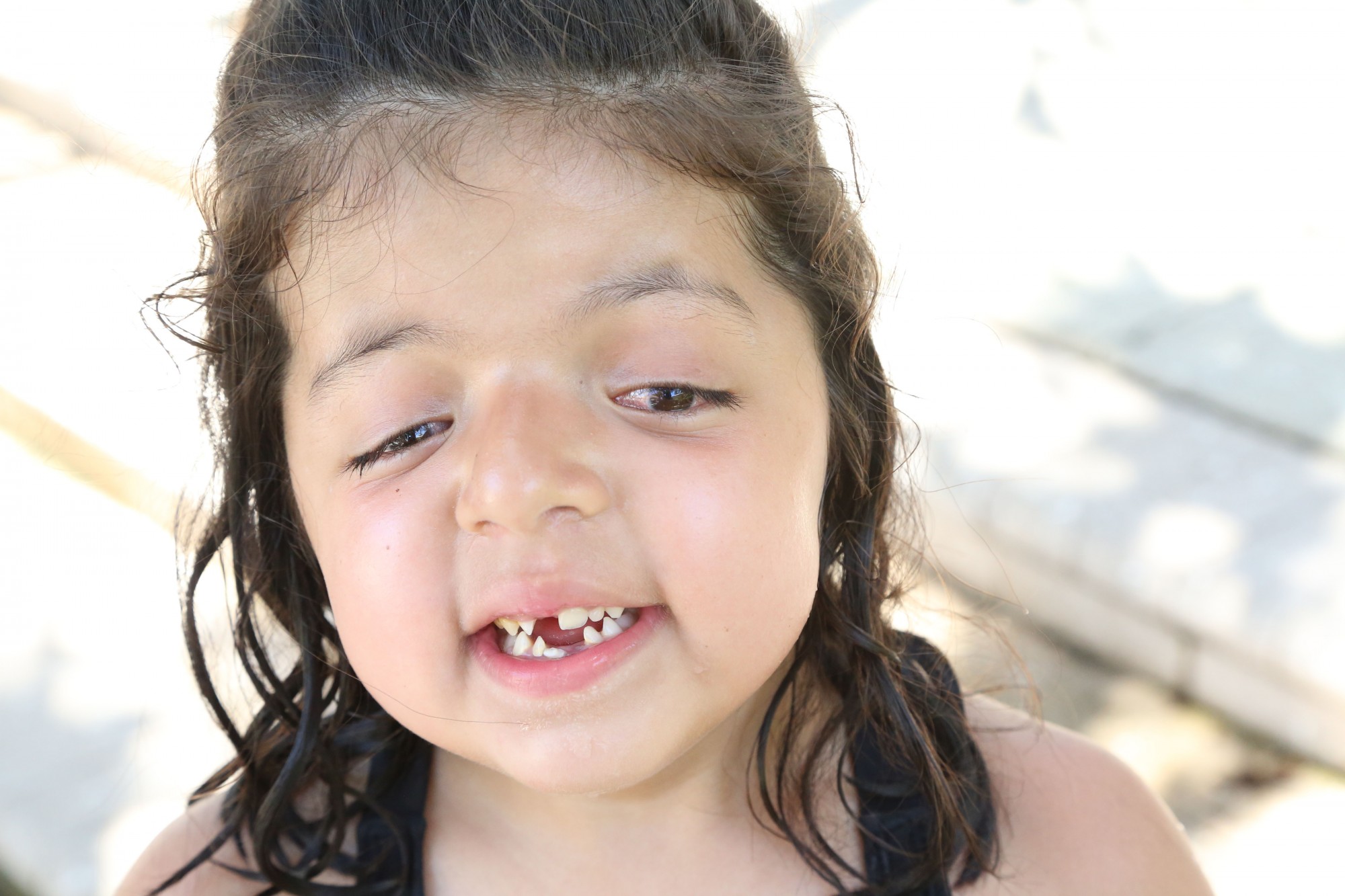
Pfeiffer syndrome
Meet our team at UPMC Children's Hospital of Pittsburgh's Cleft-Craniofacial Center and learn about our treatment options, or contact UPMC Children's Hospital of Pittsburgh at 412-692-8650. Pfeiffer syndrome is a rare genetic condition affecting 1 in 100,000 newborns. Learn more about the symptoms of this syndrome and discover treatment options.